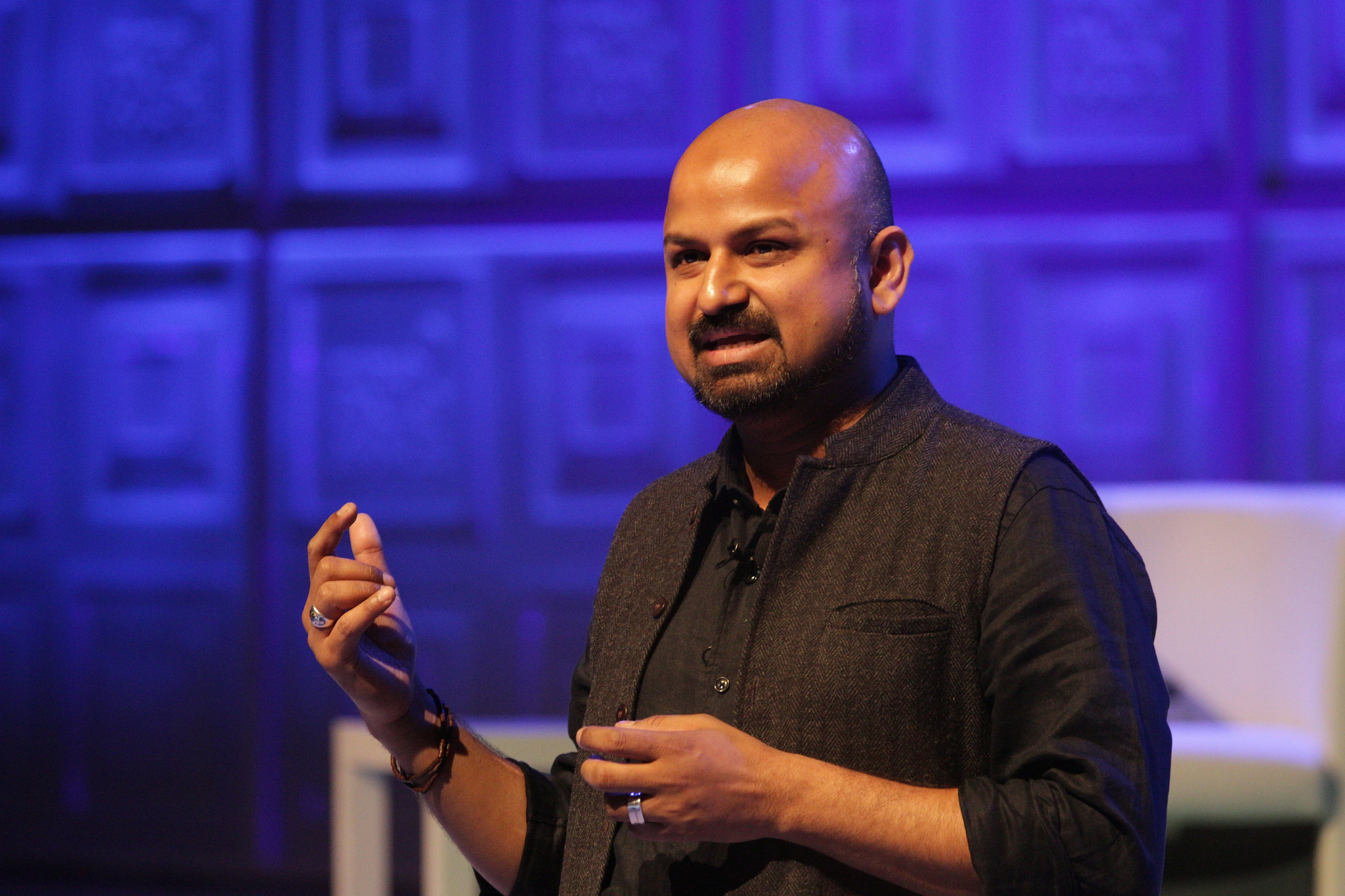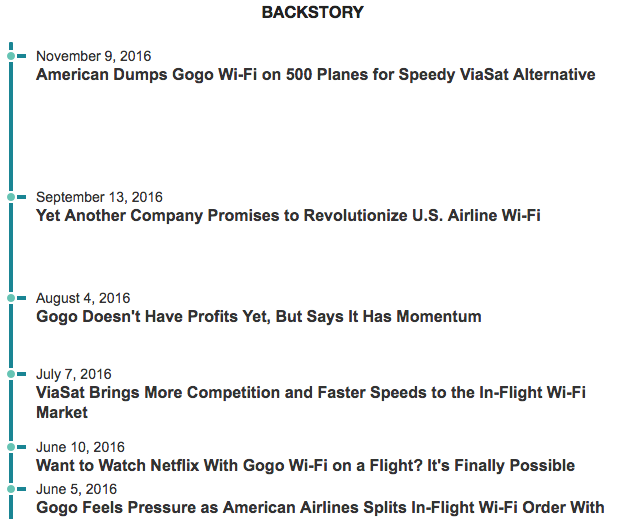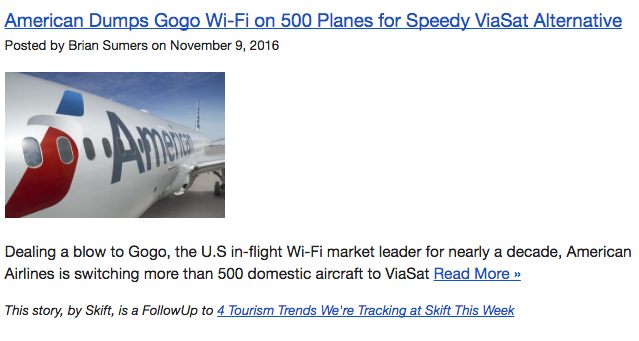
Rafat Ali, founder of the B2B travel industry publication Skift. CC-licensed photo by World Travel & Tourism Council
In 2014, Rafat Ali’s Skift was in big trouble. The B2B travel industry upstart was three months away from burning through all their cash and they were unable to raise more capital.
Oh, how things have changed.
Today Skift is profitable, has double digit revenue growth, quadrupled its staff, and is on track to hit $10 million in revenue per year in the next 18 months. Perhaps what is most stunning is how this was done on only 1.5 million unique visitors a month.
How did Skift pull it off?
Ali has taken a very hard line against the vogue business models of today (see Opinions & Reactions below and The End of Scale). These business models rely on scaling traffic from intermediaries like Facebook. Playing the role of contrarian, he placed big bets on high-quality engagement and brand building instead of scale.
The pillars of his approach include:
- Owning a direct relationship with readers opposed to having that relationship mediated by intermediaries like Facebook.
- Focussing like a laser on growing its email subscriptions, which now stand a 265,000. This is what Ali calls the “central nervous system of publishing“.
- Selling research, events, and native advertising to a loyal audience built on those engagement efforts.
Contextly is proud to have participated in Skift’s unique success story.
In March 2016, Skift began using our FollowUp product. This product lets readers follow any story and notifies them when a continuation of that story has been published. Here is what Ali had to say shortly after going live with the FollowUp:
“You’ll be surprised how smart the engine behind all of this is.” -Rafat Ali
We like to think our FollowUp product is the smartest notification system in publishing today.
While many publishers struggle with the problem of sending irrelevant notifications to their readers, Contextly has built some very clever tech that delivers a targeted reader experience, essentially solving the relevance problem:
1) The reader opts to “follow a story” via email using the FollowUp button that is displayed on each story. Here is what the button looks like on Skift’s story, “Gogo’s CEO Envisions Better Wi-Fi Making Airline Passengers Happier”.
2) When available, the reader is sent an algorithmically created “Backstory” or timeline of stories that give meaningful context to their story subscription.
3) As the storyline develops over time, readers will be sent new stories as they are published.
Over the eight-month period starting in March 2016, more than 6700 readers “followed” one or more Skift stories. We have sent those readers more than 100,000 FollowUp email notifications.
More than 4500 of those readers have also subscribed to Skift’s main newsletter through our subscription process – approximately 67% of readers that followed a story also subscribed to Skift’s main newsletter. There were only 230 unsubscribes during that 8-month period, bringing the unsubscribe rate to about 0.2%.
The open rates approached 40%, which are much higher than industry averages.
But what is most important to us is that Skift and its readership are getting good value from the FollowUps.
“Contextly has created a smart way of getting stories to readers that they care about without burdening them with irrelevant information. This is a major pain point in publishing. I think Contextly has nailed it.” -Rafat Ali
“This is a feature that has grown in value for us over time,” Ali said. “As the number of FollowUps has grown, the number of notifications sent out has grown. It provides a concierge-level service to our readers, without our team having to do any additional work. It is all automated. We’ve yet to have a single reader complain about an irrelevant notification.”
“Email is a workhorse for us. It is critical for building a direct relationship with our dedicated readers. Contextly has created a smart way of getting stories to readers that they care about without burdening them with irrelevant information. This is a major pain point in publishing. I think Contextly has nailed it.”
The web is undergoing a transformation. Readers are coming to expect an experience where information will be pushed to them. Readers are in control and will shut down information streams that are annoying, irrelevant, and do not respect their time and attention. As such, publishers’ relationships with their readers will be mediated by data and algorithms. This approach will keep publishers in the good graces of their readers as well as drive engagement and revenue opportunities.
At Contextly, we believe that building a direct relationship with readers, unfettered by intermediaries, is going to be a critical path to building value and increasing revenue for publishers in the future.
If you would like to learn more, get in touch: info@contextly.com

